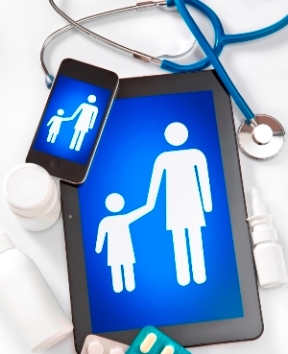
ICTpost Social Media Bureau
Social media could help researchers collect clues when it comes to controlling infectious diseases.
Published in Science (Title: Contagion, Contagion, Manuscript Number: science.1244492), Chris Bauch, a Professor of Applied Mathematics at the University of Waterloo, and co-author Alison Galvani from Yale University, review social factors in epidemiology. They suggest that the biological spread of diseases is intertwined with how society responds to those contagions.
“Social media and other data sources can be tapped for insights into how people will react when faced with a new disease control measure or the threat of infectious disease,” said Professor Bauch. “We can create models from this data that allows researchers to observe how social contagion networks interact with better-known biological contagion networks.”
Researchers found that — like disease — ideas, sentiments and information can also be contagious. They looked at examples such as pediatric vaccine coverage, public health communications aimed at reducing the spread of infection and acceptance of quarantine during the SARS outbreak.
“Predictive modelling isn’t perfect, but it can help gauge how people will respond to disease control measures,” said Professor Bauch, who works with epidemiologists and population health researchers. “All sorts of variables can effect something as complex as the spread of disease. This is why it’s important to bring a variety of perspectives into play, not just the biological considerations.”
Collecting data from social networks could be used to understand behavior, and predict how a population may respond to control measures, which is valuable for public health workers. And there is a precedent for using such behaviors to predict responses and altering public health campaigns accordingly. Some models predicted that uptake of the cervical cancer vaccine uptake would be low due to concerns about its connection to sexually transmitted diseases, and when that ended up being true, public health officials took more aggressive measure to ensure that parents, girls and boys were aware of the benefits of the vaccine. editor@ictpost.com







